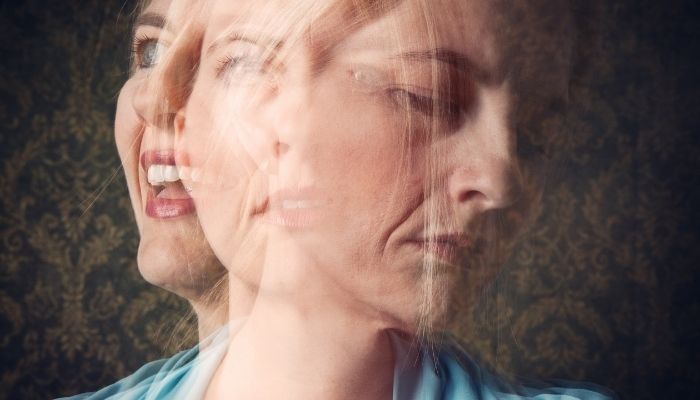Rajesh, a 45-year-old man, could not understand what had happened to him. He was continually feeling sad and the feeling did not disappear at all. He kept trying to change his mood, indulging in sporting activities, music and other hobbies but nothing changed. He then took professional help and was diagnosed with clinical depression which was a specific mood disorder.
Learning More About Mood Disorders
There are various types of mood disorders that people often suffer from. These are usually mental health issues which mainly impact the emotional state of an individual. People keep witnessing long stretches of sadness, happiness or other feelings in these cases.
Individuals may witness mood changes, depending on the circumstances. Yet, there should usually be mood disorder symptoms for a long duration of at least a few weeks, if not longer. These may lead to behavioral changes, impacting your capabilities of taking care of regular or day-to-day activities as well.
Types of Mood Disorders
1. Clinical Depression/Depression
This is a common disorder. Sadness or grief are responses brought about by internal trauma, crises, sad events or even the death of loved ones along with other situations like job losses, ailments and more. When the depression stays even after a long time, then it may be called clinical depression. Symptoms should stay for a minimum of two weeks for such a diagnosis. Depression has many sub-types including the following:- Postpartum Depression (during the pregnancy or post-delivery).
- Persistent Depression Disorder (chronic depression lasting for two years at least).
- SAD (seasonal affective disorder) which occurs at particular times of the year.
- Psychotic Depression (severe disorder encompassing hallucinations, delusions and so on).
- Bipolar I- (severest form and may require hospitalization at times).
- Bipolar II- (depression cycles which are similar in nature with hypomania and other issues).
- Cyclothymia Disorder- (Irregular and continual mood swings for long durations along with mood changes).
- Unspecified/other Bipolar Disorder- Symptoms do not adhere to the criteria for other kinds although abnormal mood changes are present.
Other types of Mood Disorders
There are premenstrual dysphoric disorders where they take place roughly 7-10 days prior to the menstruation period and vanish with just a few days of the beginning of the period. There are also intermittent explosive disorders which are characterized by sudden and irrational anger episodes.Reasons and Symptoms
There are several reasons including the following:- Trauma, life changes and stress.
- Family and medical history.
- Earlier mood disorder diagnosis.
- Physical ailments or specific medicines.
- Brain functioning and structure in case it is bipolar disorder.
- Feelings of sadness for long stretches.
- Sluggishness or lack of energy.
- Feelings of hopelessness or worthlessness.
- Overeating or appetite loss.
- Losing/gaining weight.
- Loss of interest in activities which earlier provided succor.
- Sleeping minimally or excessively.
- Frequent thoughts about suicide/death.
- Difficulties in concentrating.
Diagnosis and Testing
The doctor may conduct physical examinations for understanding possible reasons including medical ailments, deficiencies in vitamins, thyroid issues and so on. You will have to talk about your medication, medical history and other issues to the doctor. There could be treatment done by psychiatrists or psychologists among other mental health professionals. Some other treatments include specific medication, psychotherapy or a combination of both.Some of the medication options include mood stabilizers, antidepressants, and antipsychotics. There is also brain stimulation therapy which is done by specific methods like rTMS or ECT if required. Seasonal treatments for depression include antidepressants like bupropion or SSRIs on doctors’ recommendations along with psychotherapy as well. Lighter therapies and Vitamin D supplements are also recommended in some cases. There are light therapy techniques for SAD and other treatments. These incorporate aspects like bright artificial lighting and natural sunlight, depending on the seasons. Light boxes are also given to patients at times.


